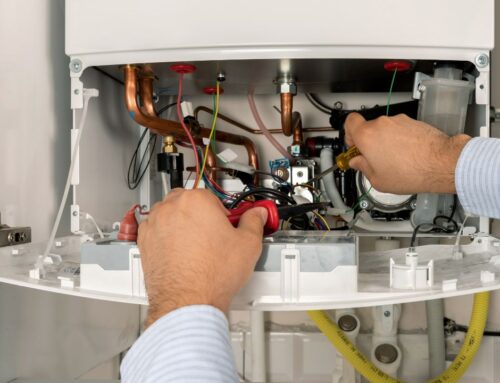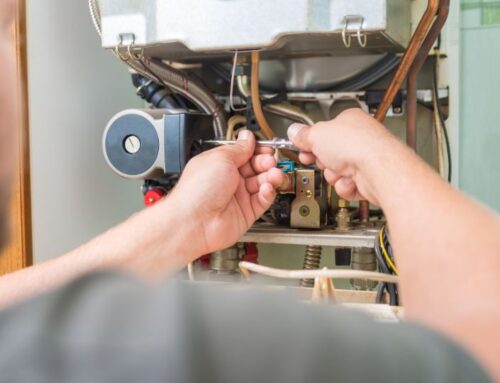
Heating is the largest energy expense in U.S. homes, accounting for about 40% of utility bills. With the hefty economic and environmental impacts heating has, it is clear why the DOE is regulating the efficiency of heating systems. Increasing energy efficiency of furnaces can reduce wasting fuel to power the inefficiencies of heating systems, and also reduce harmful emissions from fuel burning.
How Would an Efficiency Increase Affect My System?
If enacted, an energy efficiency increase would not require all furnace owners to replace their existing systems. This rather means that new systems sold and installed must be at least 92% efficient. While this increased efficiency would indeed reduce unnecessary fuel usage and harmful emissions, the costs may surpass the benefits. The energy savings from 92% efficient systems may never pay for the cost of the system itself. In addition, in the event that a furnace must be replaced, many Americans may struggle to afford these pricey systems, pushing them to continue using unreliable, substandard, and often unsafe systems.
What are your thoughts on an energy efficiency increase for furnaces? Final word on this proposed increase should arrive around December 2015, so for professional heating and cooling in the meantime.


